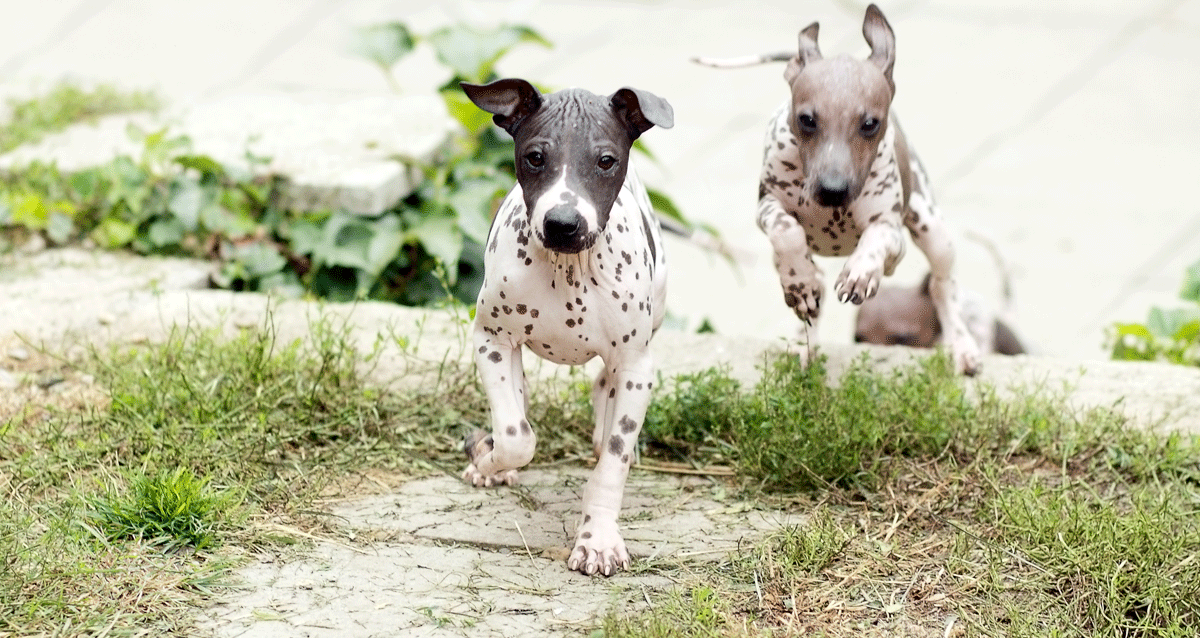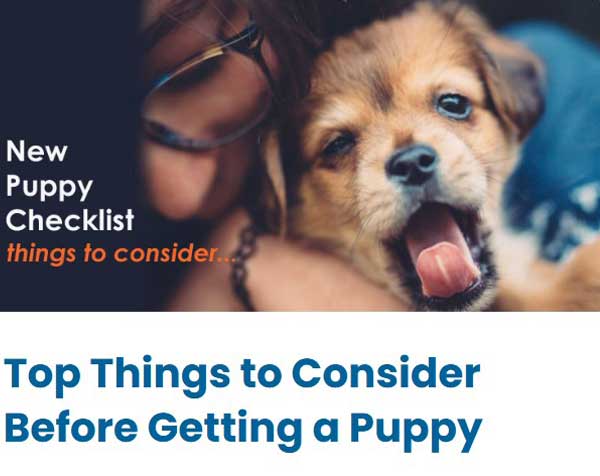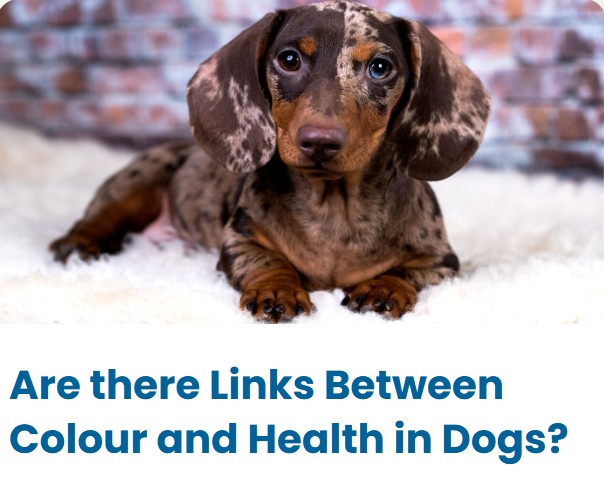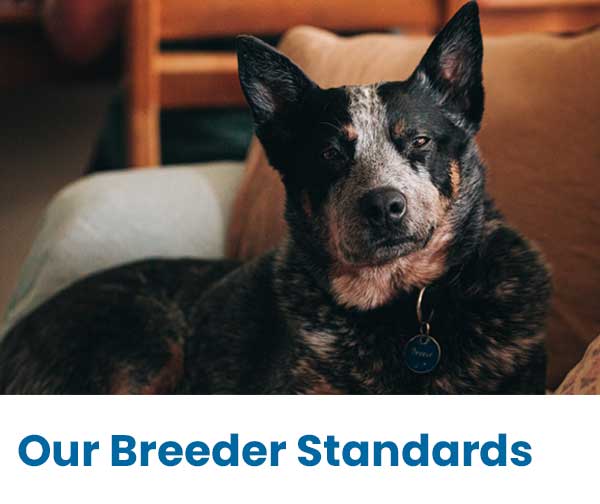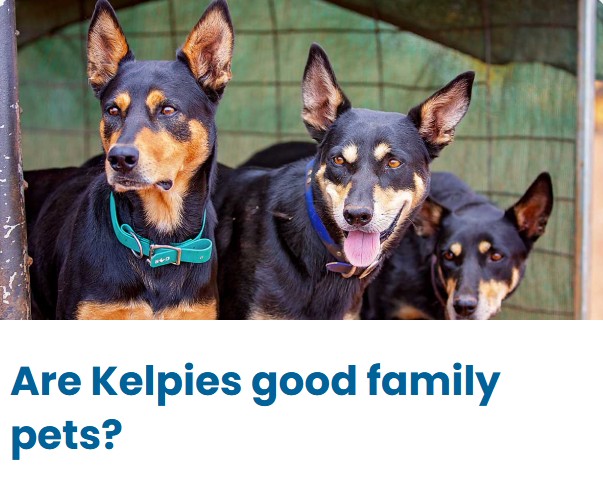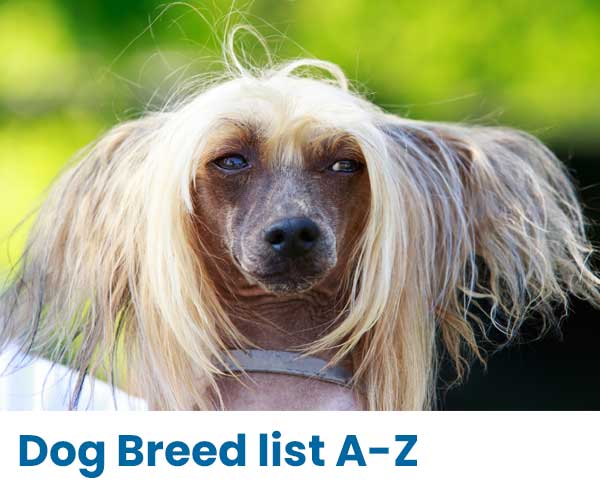American Hairless Terrier breed guide
A natural variation of the Rat Terrier, American Hairless Terriers (or AHT as they're sometimes called) are completely hairless dogs (though some may have eyebrows and whiskers). The AHT is small to medium sized, smoothly muscled and active. They are an intelligent and friendly companion that is often the perfect answer for people with allergies. The AHT is the result of a rare, major mutation that occurred in a litter of Rat Terriers in 1972. The breed was officially recognised by the A.K.C. in 2016.
American Hairless Terrier temperament
The American Hairless Terrier is a curious, strong, and energetic breed that is also described as graceful and elegant. The AHT typically likes to dig, chase small game, and will bark when alarmed. They will act as a good watch dog, but not a protection dog. Positive reward is the most effective form of training, and they enjoy participating in obedience and agility games. They are generally very compatible with other dogs.
The ideal home for an Americal Hairless Terrier
American Hairless Terriers are strictly indoor dogs that are well suited to apartments and city living. They are not an outdoor or yard dog. While they can excel in agility and other sports, they are not a strong swimmer and should be monitored around water.
Given early socialisation and training American Hairless Terriers are wonderful companions that display great affection for their owners and family. The breed generally gets along very well with children, but care MUST be taken with very young children, especially with puppies. The AHT is small and can be accidentally injured by a well-meaning but overly enthusiastic or careless child. Also, as with any dog, they can growl or snap if pushed too far by a child. Parents are advised to to teach children proper handling and interaction, and to take precautions to prevent accidents and injuries - especially with puppies. As with any breed, young children and dogs should be supervised at all times.
How much exercise does an AHT need?
The exercise needs of American Hairless Terriers are minimal. While they enjoy and benefit from regular walks, games and activity, they are also content to be a lap dog.
American Hairless Terriers and grooming
Grooming needs for the AHT are relatively minimal but include regular bathing, nail trims and keeping ears clean. Due to their lack of hair, they may need protection from the sun and sunscreen can be applied or a light shirt may be worn. It is important to keep the skin clean and washed if sunscreen is used. When necessary, clothing is often used for protection from the cold as well.
What is the difference between AHT's & other hairless breeds?
The American Hairless Terrier is quite different from other hairless breeds (such as Chinese Crested, Xolo, etc.). The AHT does NOT have hair anywhere on the body (such as head, feet, tail) and should not have any excess body hair. Dentition in the AHT is full and strong, and skin problems are rare.
General Facts about American Hairless Terriers:
Average Size: 12 to 16 inches, 12 to 16 pounds
Average life span: 12-15 years
Acceptable colors: Any except merle or albino
Potential health issues in American Hairless Terriers
While generally a robust and healthy breed, AHT's can suffer from harmful and detrimental genetic diseases. Responsible breeders, are attempting to selectively breed out these hereditary afflictions. You should only buy from reputable ANKC breeders that test their dogs. Do not be afraid to ask the breeder about their health testing regime, and ask to see health certificates. Testing/screening for the following conditions is recommended.
Primary Lens Luxation (PLL) - Primary lens luxation is a heritable disease in many breeds and spontaneous luxation of the lens occurs in early adulthood (most commonly 3-6 years of age) and often affects both eyes, although not necessarily at the same time. Lens luxation can result in painful, teary, red eyes that may look hazy or cloudy. If detected early, surgical removal of the lens can be beneficial. Medical treatment of inflammation and glaucoma in the form of topical and oral medications can relieve much of the discomfort associated with this disease.
CERF - Eye screening. CERF is an eye examination for your dog to determine the presence of inherited abnormalities. Any dog to be used for breeding should be examined for various inherited abnormalities. These abnormalities differ among various breeds but all breeds should have eye examinations prior to breeding.
Progressive Rod-Cone Degeneration (PRA-PRCD) - PRA is a category of conditions that can lead to blindness. Progressive rod-cone degeneration (PRA-PRCD) is one specific type of PRA that affects many dog breeds. It is an inherited eye disease with most affected dogs beginning to show symptoms of the disease at around 3-5 years of age. Symptoms manifest as difficulty seeing at night (night blindness) and loss of peripheral vision. PRA-PRCD typically results in eventual loss of sight and complete blindness in affected dogs. It is important to note that other inherited eye disorders can display similar symptoms to PRA-PRCD.
Canine Degenerative Myelopathy - Degenerative Myelopathy (DM) is a progressive disease of the spinal cord in older dogs. The disease has an insidious onset typically between 8 and 14 years of age and begins with a loss of coordination in the hind limbs. Although any dog can be tested for DM, it is possible that the genetic background that predominates in some breeds prevents the development of symptoms even in dogs testing affected (at risk).
BAER - The hearing test known BAER is an electro-diagnostic test used to evaluate the hearing of dogs and is recommended.
Patella Luxation - A luxating patella is a knee cap that moves out of its normal location. The grading system grades dogs from Grade 0- no luxation present- normal, to increasing severity from Grade 1-4.
Heart Testing to identify dogs free from any cardiac abnormality such as heart murmurs, abnormal rhythms or specific heart defects is recommended.
References: Dogs NSW
If you are a small scale ANKC registered breeder and would like to be listed here, just contact us or follow a few simple steps to add your details yourself.
We welcome helpful comments and contributions to information about this breed by email

